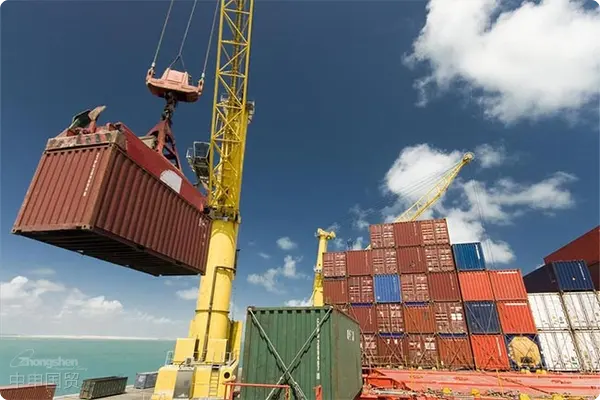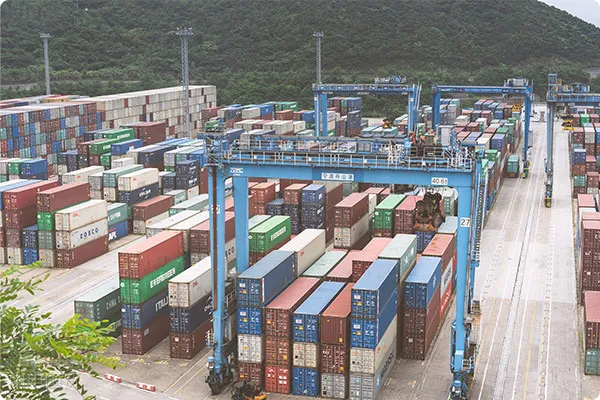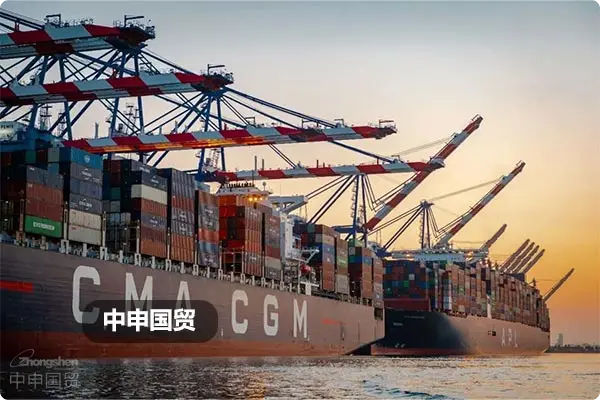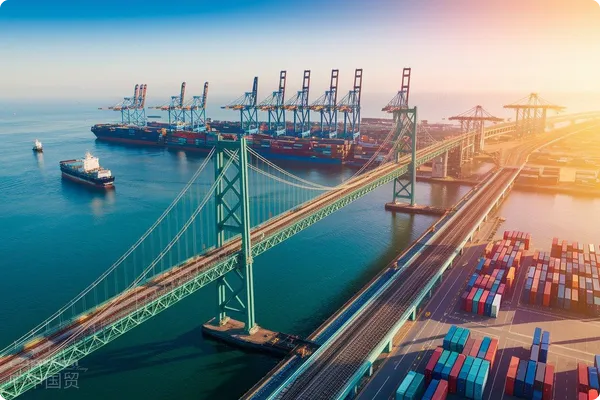- Shanghai Zhongshen International Trade Co., Ltd. - Two decades of trade agency expertise.
- Service Hotline: 139 1787 2118
Planning to export products to the South Korean market? Are you concerned about complex certification processes and strict market requirements? In Korea, compliance is the primary threshold for market entry. Understanding these key requirements not only ensures smooth customs clearance but also enhances product competitiveness. Lets explore how to take the initiative in the export process.
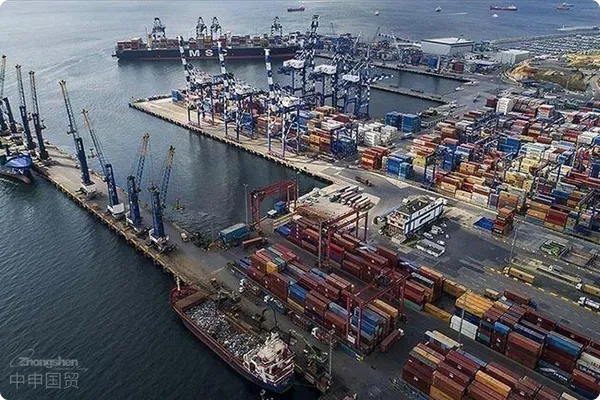
When exporting to South Korea, enterprises must pay attention to multiple key aspects covering certifications, labeling, document preparation, and logistics arrangements. Below are detailed explanations:
KC certification
KC Certification is a mandatory certification mark for electronic and electrical products exported to South Korea. Since January 1, 2009, all electronic and electrical products entering the South Korean market must bear the KC mark. This certification not only ensures compliance with South Koreas safety and quality standards but also enhances the products market competitiveness. KC Certification includes two types: mandatory safety certification and voluntary safety confirmation, applicable to different product categories.
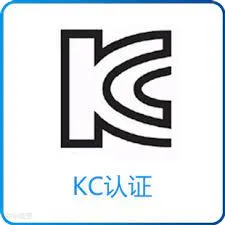
(1) Products Requiring Mandatory Safety Certification
Products requiring mandatory safety certification must pass type testing and factory inspection. Enterprises need to conduct safety tests during the initial stages of product design and production, ensuring every step of the production line complies with standards. After certification, enterprises must undergo annual factory inspections and product sampling to ensure continued compliance with safety standards. Such products include household appliances, power tools, audio equipment, etc.
(2) Products Under Voluntary Safety Confirmation
The certification process for products under voluntary safety confirmation is relatively simplified, primarily involving type testing and a safety confirmation declaration. After passing safety and electromagnetic compatibility tests, enterprises can self-declare compliance with South Korean standards without factory inspection, but the KC mark must be affixed during sales. The certification is valid for five years and covers electrical safety and electromagnetic compatibility performance.
(3) KC Certification Process
Enterprises must first submit a certification application to the Korea Electrical Testing Institute (KETI) or the Korea Testing Laboratory (KTL). If a product is manufactured in multiple factories, even with identical models, each factory must obtain KC Certification separately. New product applications require detailed technical documents, including electrical circuit diagrams, key component lists, and product manuals. The certification process involves laboratory testing and factory quality management system reviews. Only after final approval can products bear the KC mark and enter the South Korean market.
(4) Documents Required for KC Certification
When applying for KC Certification, enterprises must prepare a series of technical documents, including but not limited to:
- Safety Certification Application Form:Different application forms are used for mandatory and voluntary products.
- Product Manual:Includes a Korean-language product description or user manual.
- Component List:Lists key components and their suppliers, ensuring compliance with safety standards.
- Electrical Circuit Diagrams and Transformer Specifications:For relevant products, detailed circuit diagrams and transformer specifications must be provided.
- Power of Attorney:If applying through an agent, authorization documents are required.
- Factory Survey and Questionnaire:Used to evaluate the factorys quality control system and production processes.
(5) KC Certification Bodies
MADE IN CHINA label
KC Certification is issued by designated certification bodies under the Korean Agency for Technology and Standards, primarily including the Korea Electrical Testing Institute (KETI) and the Korea Testing Laboratory (KTL). These institutions not only conduct product testing but also provide end-to-end certification services, from laboratory testing to factory audits, ensuring product legality and safety in the South Korean market.It is recommended to verify through the following methods:To benefit from preferential tariffs under the China-South Korea Free Trade Agreement (FTA), enterprises must submit
Proof. The Certificate of Origin is not only the primary basis for tariff reductions but also a key document for South Korean customs to verify product legality. Therefore, exporting enterprises must ensure all products bear a clear MADE IN CHINA label.
(1) Importance of the Certificate of Origin
Under the China-South Korea FTA, importing customs authorities have the right to verify the origin of imported goods to determine eligibility for preferential tariff rates. Verification may include origin information provided by importers, inspection reports from exporting customs, or even on-site visits to exporting enterprises. Thus, the Certificate of Origin is not merely a document—it directly impacts product tariff costs and customs clearance speed.
According to the latest announcement from the General Administration of Customs, goods declaring preferential tariff rates under the China-Korea FTA no longer require submission of the original paper version of the Certificate of Origin. Instead, an electronic information exchange system will be used. This change significantly simplifies customs clearance procedures and improves efficiency. However, companies must still ensure the accuracy of origin information, as customs may request submission of the original Certificate of Origin if necessary. Additionally, companies should pay attention to the consistency between electronic information and actual goods to avoid clearance delays due to discrepancies.
Document Preparation and Customs Declaration
Preparing documents for exports to South Korea is crucial, as it not only affects whether goods can clear customs smoothly but also directly determines whether companies can enjoy preferential policies under the FTA.
(1) Essential Documents
When exporting to South Korea, companies need to prepare the following key documents:
- Commercial Invoice:Detailed information on the value, quantity, unit price, and total price of the goods.
- List in detail the model, product name, number of pieces, weight, etc. of the goods.Specify the contents, weight, and dimensions of each package.
- Certificate of Origin:As mentioned earlier, this is a prerequisite for enjoying preferential tariffs.
- Product Testing Report:Depending on the product type, KC certification or other relevant test reports may be required.
(2) Customs Declaration and Quarantine RequirementsCosmetics & Personal CareWhen declaring customs, companies must ensure all documents are accurate and understand South Koreas quarantine requirements in advance, especially for specific categories such as food, agricultural products, etc. Quarantine requirements may involve product composition analysis, production processes, and the environmental friendliness of packaging materials. Any products that do not comply with South Korean regulations may face the risk of return or destruction.
Logistics Arrangement and Market Access
Logistics arrangements are equally critical in the export process to South Korea, especially for time-sensitive goods. Proper logistics planning ensures timely delivery to customers.
(1) Transportation Mode Selection
Depending on the nature and urgency of the goods, companies must make a reasonable choice between sea, air, and land transport. Sea freight is suitable for large-volume shipments, with lower costs but longer transit times; air freight is ideal for high-value or urgent goods, with shorter transit times but higher costs; land transport is suitable for shipments between neighboring countries. When selecting a transportation mode, companies must also consider South Koreas tariffs, logistics costs, and customer time requirements.Maritime Transportation,Air Transportation(2) Warehousing and Distribution
For products entering the South Korean market, companies may need to consider setting up warehouses in South Korea or partnering with local distributors to ensure goods can be quickly distributed to sales points. Warehousing arrangements must comply with South Koreas hygiene, safety, and environmental standards, especially for products like food and cosmetics that require special storage conditions. Additionally, collaboration with local distributors helps companies better understand market demand and adjust sales strategies promptly.
Regulatory and cultural differences in the South Korean market are also aspects that companies must closely monitor. Understanding and adapting to these differences can help companies establish a stronger foothold and achieve success in the South Korean market.
Regulations and Culture of Target Markets
(1) Regulatory Compliance
South Korea has strict regulatory requirements for imported products, covering aspects such as product quality, safety, and environmental protection. Before entering the South Korean market, companies must thoroughly research relevant laws and regulations to ensure compliance. Particularly for sensitive products such as food and cosmetics, companies may need to obtain approval in advance from the Ministry of Food and Drug Safety (MFDS) or other relevant agencies.
(2) Consumer Preferences and CultureMedical EquipmentSouth Korean consumers place great emphasis on brand, quality, and environmental friendliness when making purchasing decisions. Companies must tailor their market strategies to align with South Korean consumer preferences. For example, product packaging designs should conform to South Korean aesthetic habits and prioritize the use of eco-friendly materials. Additionally, South Korean consumers have high expectations for product functionality and practicality, so companies should develop products suited to the South Korean market based on these characteristics.
Successful exporting is not just about delivering products to the destination but also ensuring compliance and safety at every step. By gaining a deep understanding of the South Korean market and strictly adhering to regulatory requirements, your products will enter the South Korean market more quickly and smoothly, earning consumer trust. If you have any questions about the export process or need further support,
professional advice is always available to help you achieve greater success in the South Korean market.
Conclusion
?What are the key elements of exporting to South Korea? How to ensure smooth customs clearance?ZhongShen International TradeNovember 4, 2024, 10:17 AM
. For more relevant information and content, welcome to followWhat are the key elements for exporting to South Korea? How to ensure smooth customs clearance?The complete foreign trade shipping process: How to ensure seamless connection of every step? | Shanghai Import/Export AgentExport Representationservice provider, it can provide customizedimport and exportSolution. If you needforeign tradeFor import and export agency services, please feel free to contact our company for business inquiries. The consultation hotline is 139 - 1787 - 2118.
Related Recommendations
? 2025. All Rights Reserved. Shanghai ICP No. 2023007705-2  PSB Record: Shanghai No.31011502009912
PSB Record: Shanghai No.31011502009912
